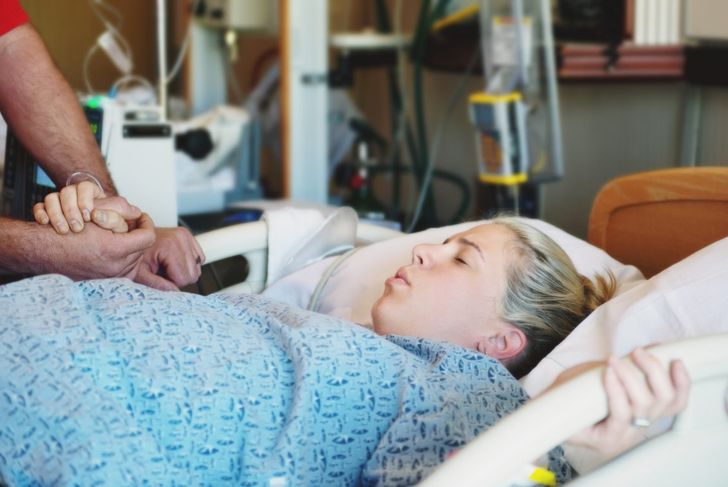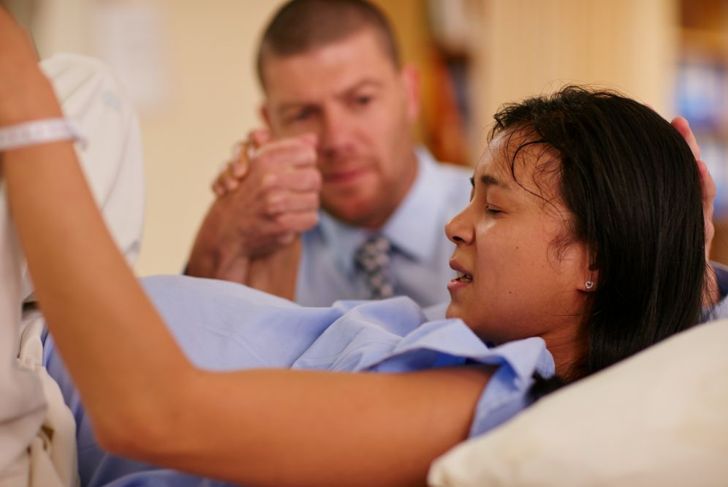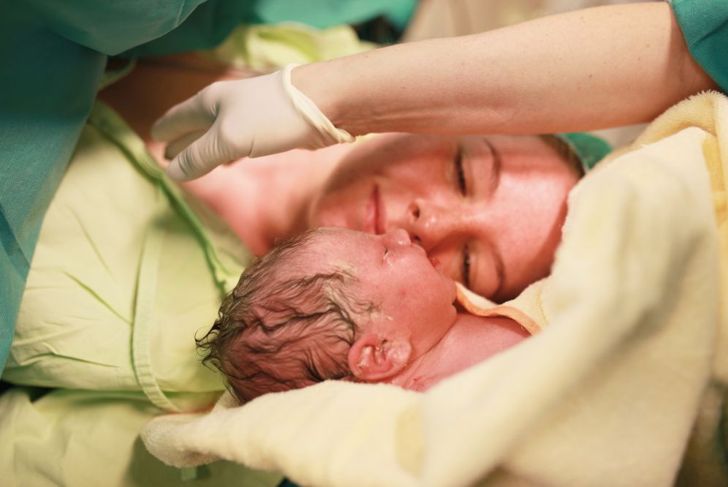Episiotomy was originally used to reduce severe perineal tearing during vaginal birth by relieving pressure during the final stages of delivery. The thinking was that a deliberate, controlled incision would be easier to repair than an uncontrolled, accidental one. While episiotomies were quite common not long ago, new medical practices and beliefs have made them much less routine.
Goal of Episiotomy
Vaginal birth can result in tears to the perineum, the space between the anus and the vulva. Doctors once believed that episiotomies could prevent and control this damage. Vaginal tears range from first degree, which involves the perineal and vaginal skin, to fourth degree, a tear that extends deep through the rectal muscles.
No Longer Routine
Episiotomy was widely used in the United States until 2006. That year, the American College of Obstetrics and Gynecology began recommending against routine episiotomies. Instead, they reasoned, clinical judgment and the condition of the mother and fetus should determine when and if an episiotomy was necessary. There are some instances where the procedure is warranted.
When Is an Episiotomy Recommended?
Healthcare providers recommend episiotomy when a baby needs to be delivered quickly. Situations in which this may occur include the baby’s shoulder being stuck behind the pelvis or their heart rate slowing down or becoming irregular. In these cases, episiotomy hastens delivery so that the doctor can intervene with any necessary life-saving interventions.
Types of Episiotomy
When doctors determine a mother needs an episiotomy, a local anesthetic is used if she has not received an epidural so she will not feel the procedure. The doctor will use either a midline incision — a vertical incision that makes for a cleaner repair — or a mediolateral incision, which is angled. The former runs a higher risk of affecting the anal area, but the latter requires more difficult and often painful repair.
Risks
The complications of episiotomy are similar to those of uncontrolled tearing. This is the primary reason the doctor must weigh the benefits with the risks when deciding whether or not to perform one. Both lead to bleeding, scarring, and prolonged healing after birth. The most significant complication of an episiotomy is injury to the anal sphincter, which can cause incontinence or lead to fistula formation.
Episiotomy in Subsequent Births
One study found that women who receive an episiotomy have significant perineal tears with subsequent vaginal births at a rate nearly four times as high as women who did not receive the procedure. Having an episiotomy was also a huge risk factor for needing one in subsequent births.
Preventing Tearing and Episiotomy
There are interventions that lessen the chances of both needing an episiotomy and experiencing a perineal tear. Paying close attention to labor positions can help — some positions put less stress on the perineum. Having someone press against the perineum as the baby’s head begins to emerge can also help by providing support and protecting against tears.
Perineal Massage
One of the most common interventions for preventing an episiotomy is perineal massage. Expectant mothers are encouraged to start a few weeks before the due date. They use massage oil to reduce friction, then gently pull the walls of the vagina out to the side for about five minutes, three or four times a week.
Effectiveness of Perineal Massage
One study shows that while perineal massage is highly effective at reducing the need for an episiotomy, it is ineffective at preventing tears. That said, studies suggest women who practice perineal massage experience more first-degree tears than second-degree or higher. Perineal massage also reduced labor time.
Episiotomy Care
Most episiotomies heal without complications, but recovery can take six weeks or more. Women are typically instructed by their doctor not to have sex, use tampons, or lift anything heavier than the baby until they are cleared at a follow-up visit. Ice packs and sitz baths with baking soda can help with the pain. Excessive bleeding, an increase in pain, and bad-smelling discharge all indicate complications. Notify the physician right away if any of these develop.

 Home
Home Health
Health Diet & Nutrition
Diet & Nutrition Living Well
Living Well More
More




















